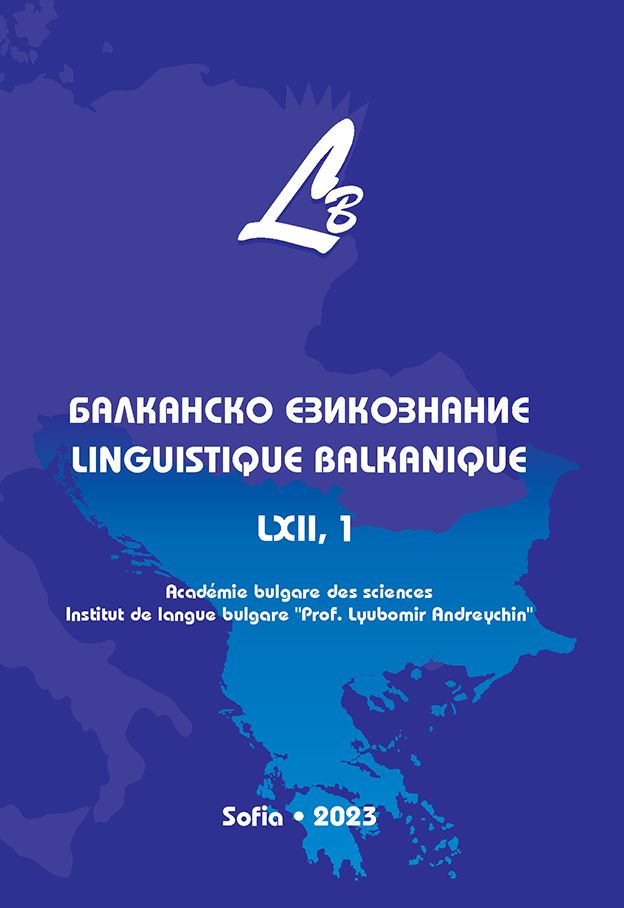Les objets du dégoût
Objects of Disgust
Author(s): Bilyana MihaylovaSubject(s): Language studies, Language and Literature Studies, Theoretical Linguistics, Morphology, Lexis, Semantics, Historical Linguistics, South Slavic Languages
Published by: Институт за български език „Проф. Любомир Андрейчин“, Българска академия на науките
Keywords: disgust; basic emotions; Indo-European etymology; semantic change; semantic typology
Summary/Abstract: The article examines the origin of words denoting disgust in the Indo-European languages. The task of this study is to find regular and predictable semantic changes which are reproduced and which intersect in the Indo-European languages. The semantic changes are analyzed on the basis of the relation ‘A’ > ‘disgust’, A being the source meaning. The etymological analysis of the words designating disgust reveals that the semantic evolution is mostly due to metonymic developments. Four main groups of semantic development have been established: 1. mixing with other emotions (15 roots); 2. physical sensations related to disgust, such as being satiated or being sick (4 roots); 3. physical actions: reactions to disgust that allow us to avoid or expel the object of disgust like turning away, pushing, fighting against, fleeing, vomiting or spitting (14 roots); 4. triggers of disgust, such as bitter taste, dirt, defecation, bad smell (8 roots). It is interesting to note that the results obtained by the etymological analysis correspond very precisely to the psychological description of disgust. This is the second part of a more extensive study whose first part has already been published in this journal.
Journal: Балканско езикознание / Linguistique balkanique
- Issue Year: 62/2023
- Issue No: 1
- Page Range: 3-14
- Page Count: 12
- Language: French
- Content File-PDF

